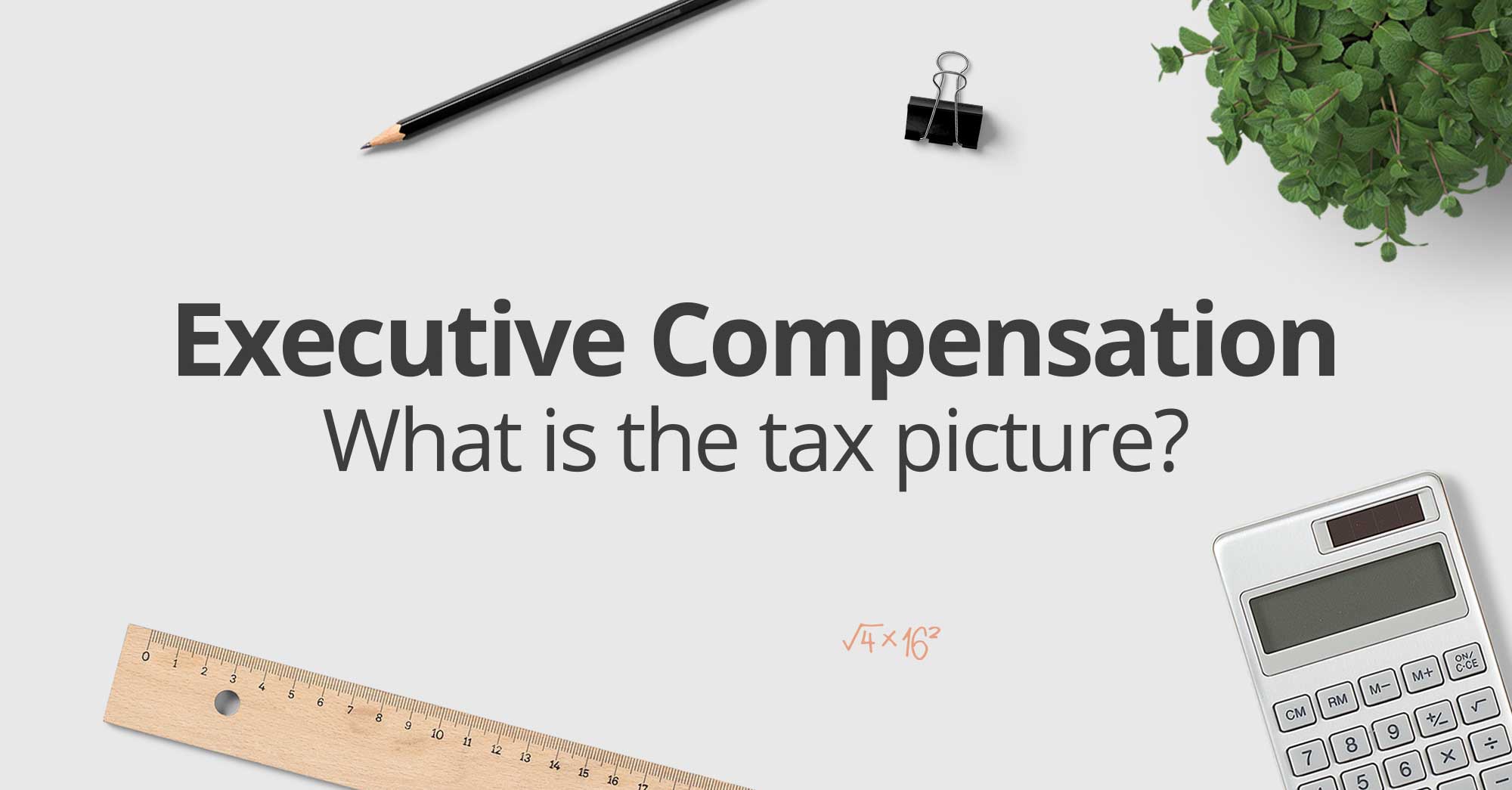Allegations of insider trading can prove costly, in terms of reputational damage and legal implications for companies. This is why 10b5-1 trading plans are so appealing since they offer senior executives a potentially crucial defense against claims that they used their status to secure an unfair advantage – intentionally or otherwise – when making trades in company stock.
While there are many upsides associated with employee equity compensation, one possible complication for recipients is the requirement to abide by all relevant trading regulations, particularly when those individuals are deemed to be insiders.
Under Securities Exchange Commission (SEC) rules, individuals who may have access to material non-public information (MNPI) must be able to demonstrate that they have not engaged in trades of company stock on that basis, i.e., securing a material profit based on access to knowledge not publicly available at the time of the transaction.
What is Rule 10b5-1?
With a view towards ensuring that senior executives at public companies do not use their insider status to effectively game the stock market and also to assist those merely seeking to navigate what can be a complex set of rules, the SEC introduced Rule 10b5-1 in 2000 and has been updated since. This rule seeks to remove potential ambiguities and make insiders clear on what is required of them when it comes to the buying and selling of company stock.
The requirements associated with the rule can help insiders make their way through the trading process without unintentionally exposing themselves to accusations of having used MNPI for financial gain.
Also, from the SEC perspective it can be difficult in some circumstances to tell whether insider trading has occurred. With that in mind and when ambiguity might otherwise exist, companies and individuals need to be able to fall back on the affirmative defense of having been in compliance with the terms of Rule 10b5-1.
What is a 10b5-1 plan?
A 10b5-1 plan is a written agreement undertaken between a company insider and an outside broker, designed to ensure compliance with the regulations set out in the corresponding rule. Normally, the company will make the individual aware of the need to make contact with and may suggest a specific broker, but might be somewhat hands-off beyond that, i.e., the primary responsibility lies with the insider.
The document drafted between the insider and the broker will establish predetermined instructions to govern upcoming trades, consistent with whatever in-house policies the company may have in place (e.g., internal rules on frequency of trades and the number of shares that can be bought and sold), which will be executed by the broker on behalf of that individual.
When the plan has been created, the insider, the broker, and the company’s compliance officer will liaise to put in place the required pre-clearance, reporting and administrative protocols, again with a view towards ensuring whatever trades are subsequently made will not fall foul of Rule 10b5-1.
Open trading and cooling-off
As for the specifics of the plan, the rule dictates that it should be put in place during an open trading window and at a point in time when the insider is not in possession of MNPI. There must then be a ‘cooling-off’ period before any trading activity can take place.
Beyond that, a compliant 10b5-1 plan will set out several specific details, including:
- The number of shares to be bought or sold
- The time periods when transactions will take place
- The price at which transactions will be made
It is also important to note that while the SEC insists insiders must not possess MPNI at the point that the plan is put in place. The regulatory body will not object to individuals becoming privy to such information later, so long as the plan itself is not then modified in such a way as would raise questions around whether the individual may be looking to use MPNI to their benefit. In that scenario, the individual risks losing the ability to make an affirmative defense against any subsequent allegation of insider trading.
Also, if an employee chooses to terminate a 10b5-1 plan, there may be a lock-up period during which they are forbidden from conducting trades in company stock. The duration of these periods is not dictated by the SEC. Instead, individual companies will have their own policies in place.
In general, it is not necessarily regarded as best practice to modify or terminate a 10b5-1 plan before it has run its natural path. While there are legitimate reasons why an insider might choose either course of an action, from an SEC perspective it may raise questions over whether the plan was entered into in good faith.
Who needs to take out a 10b5-1 plan?
The broad term ‘insider’ will typically refer to directors, officers, or those with access to material non-public information. As well as that, many companies will have their own criteria to decide who they deem to be an insider. In practice, company-specific categories tend to involve a deeper trawl, i.e., additional personnel will be classified as insiders.
How can we help?
To learn more about how J.P. Morgan Workplace Solutions can work with your executives to design and implement a Rule 10b5-1 plan, contact us today.
This publication contains general information only and J.P. Morgan Workplace Solutions is not, through this article, issuing any advice, be it legal, financial, tax-related, business-related, professional or other. J.P. Morgan Workplace Solutions’ Insights is not a substitute for professional advice and should not be used as such. J.P. Morgan Workplace Solutions does not assume any liability for reliance on the information provided herein.



